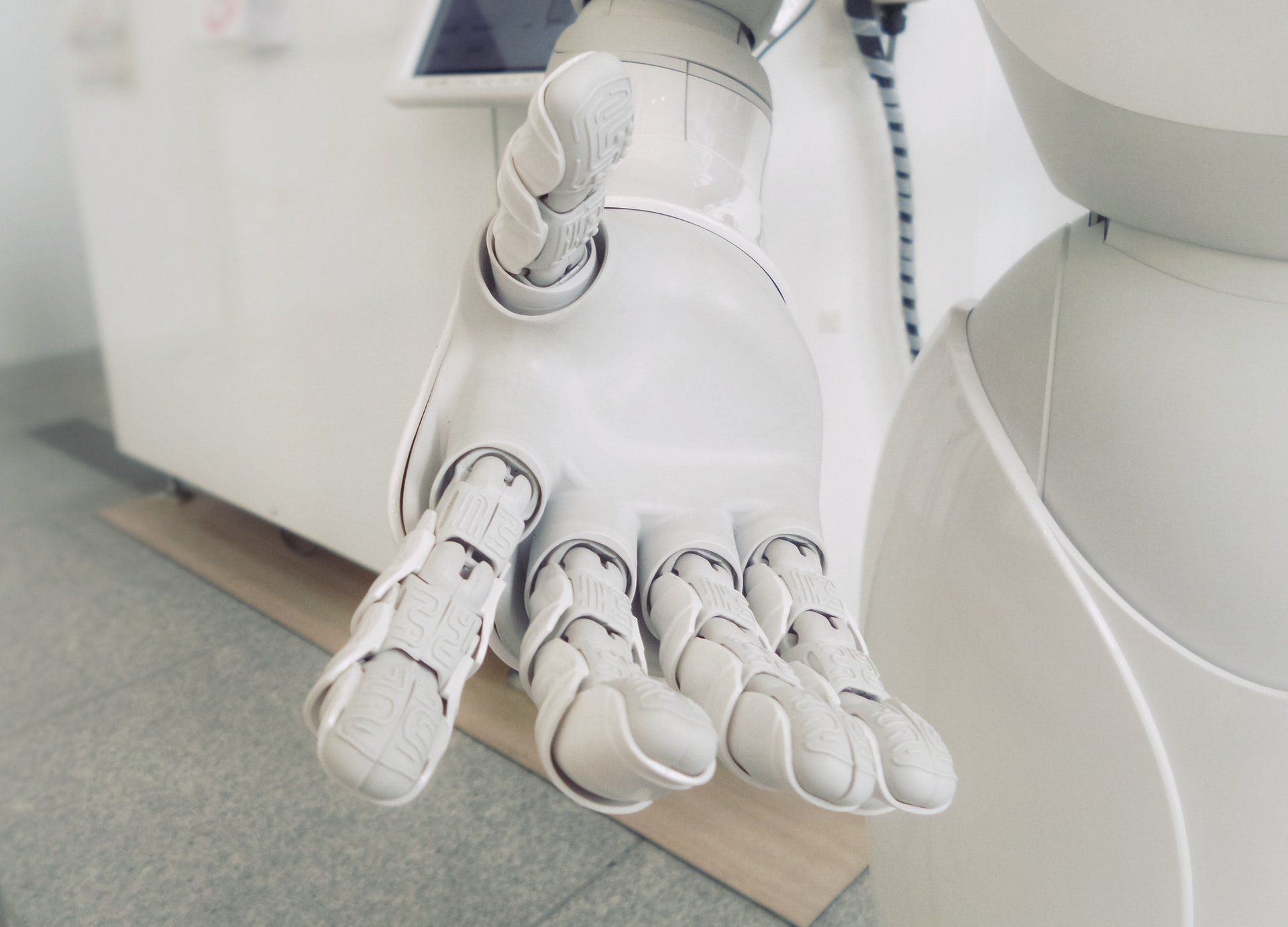Recycling can be regarded as one of the pillar of circular economy. The essential step towards the transformation of a good into a new good relies and depends to its process. Recycling process is thus gaining relevance both in specificity and efficiency, resulting in a more valuable material stream. In order to attain this goal, not only robotics and Artificial Intelligence - AI are needed, but also the enhancement of cooperation become essential.
The background: what companies want
In the green era, it has become mandatory to be more and more “circular” for companies, and indeed for their image. Companies are in this sense constantly asked to produce innovation. According to Monique Oxender, Chief Sustainability Officer at Keurig Dr Pepper, “a big driver is the consumer. People want responsible and environmental friendly product packaging. Listening to the consumer is part of our commitment and this commitment has really drawn innovation”. However, technologies and material science evolve and new materials are constantly being introduced. As a result, recycling industry changes continuously. And it is precisely on this that Matanya Horowitz, Founder and CEO at AMP Robotics, bases his company, focusing on “where the most value in the industry is created. The value is present in material stream”.
Consequently, in order to be “circular”, innovation should be addressed to the value chain prospective. “Extend to the value chain means – Monique Oxender says – to find other partners and investors, especially as you come more specific”.
So, cross-sector collaboration cannot but be the key for companies to enhance their internal innovation and to face recycling,
How robotics and AI are integrated in the system
Robotics and AI - Artificial Intelligence play a central role in automation. As a matter of fact, Brent Hilderbrand, Vice President at Recycling U.S. Operations - GFL environment, claims to be convinced that “artificial intelligence could be used in understanding the material stream better. And it helps us to make decisions”. The power of this technology is that it can provide a new level of identification. “Pretty much anything you can teach a person to identify, you can teach our system to identify as well”, says Matanya Horowitz. Therefore, different brands, colours, materials and forms can be detected. Furthermore, those information can be used also for different operation concerns.
In addition to this, robotics and AI proved out to lend themselves particularly well when it comes to the creation of partnership among different companies as they are versatile by definition. Matanya Horowitz underlines that “a successful collaboration in recycling space requires to get to know the recycling industry, different streams along the value chain, a lot of different technologies and a lot of different stakeholders”. Thus, cross sector collaboration cannot but be regarded as pretty essential.
Recycling should not be only companies’ commitment, but that commitment should belong to the entire society. Recycling would become in this sense easier and more efficient, as technologies would spread out.



